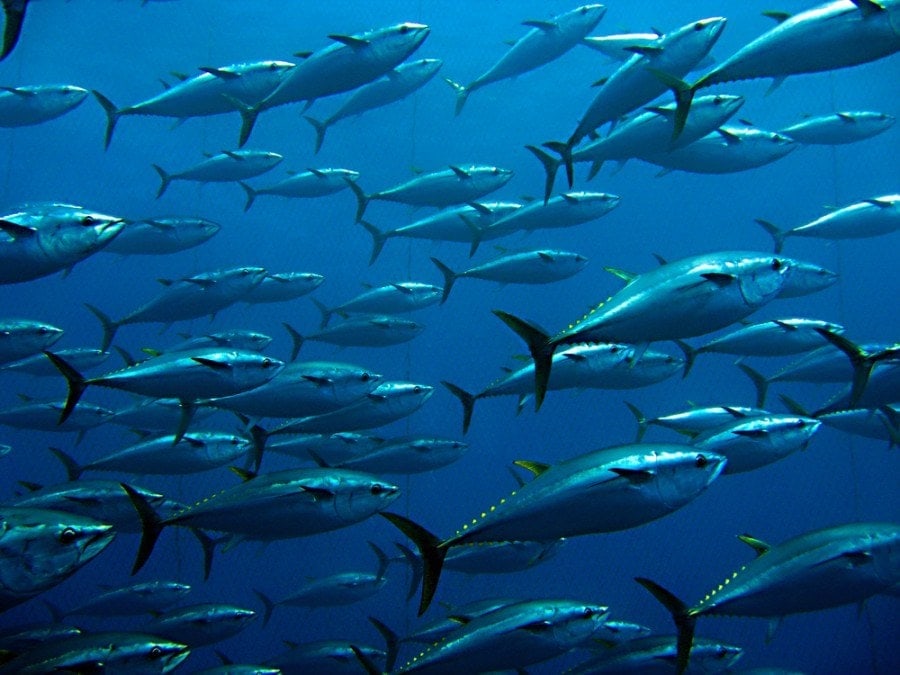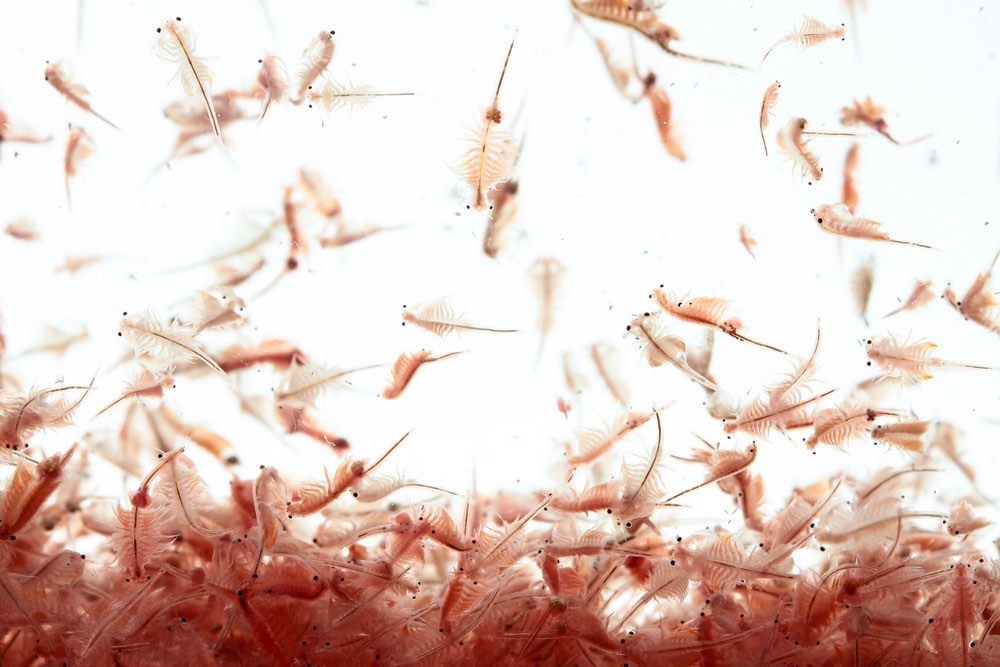Do All Fish Have Backbones? Here’s The Answer!

Updated on

So you have a bunch of fish swimming around in your aquarium, but you may not know too much about them, especially in terms of their anatomy. One question which people often have is in regard to the skeletal structure of fish.
So, do all fish have backbones? The short answer is yes, all fish are vertebrates which means they do have backbones. The only exception to this is the super weird hagfish or snot eel which is an invertebrate.
Are Fish Vertebrates or Invertebrates?
Just in case you don’t know, fish with vertebrae, or in other words, fish with backbones, are known as vertebrates. This is true for all other creatures too. We humans are, of course, vertebrates. On the other hand, creatures which do not have backbones are known as invertebrates.
When it comes to fish, all fish have backbones, which means that all fish are vertebrates. Now, there is of course one notable exception, which is the hagfish. The hagfish is a fish that lives fairly deep in the water, it looks kind of like an eel or a huge worm, and it has a truly odd looking mouth. Hagfish feed off of dead fish and rotting meat at the water’s floor and are often referred to as “snot eels”, as they have the ability to expel this disgusting blue slime from their skin when they feel threatened.
However, why exactly these are even classified as fish is beyond us. You might think that there are other fish which do not have vertebrae, such as starfish and jellyfish. However, both of these creatures, although they have the word “fish” in there, are not actually fish.

What Is a Fish Backbone & What Does It Do?
A fish backbone, also known as the spine, runs from just behind the head of the fish to near the beginning of the tail. Just like with humans, the point of a backbone in fish is, for one, to keep them straight and to provide them with structure.
A fish without a backbone or other bones would be more like a bendy, rubbery, and gelatinous mass than anything else. Besides that, the point of fish backbones is to help protect and support their internal organs. It keeps the vital organs below safe from damage and from getting squeezed too tight.
Due to the backbone, fish can only move so far in any given direction. They can’t just bend and twist. Therefore, this structure which the backbone provides helps to keep those internal organs in tip top shape.
What Type of Fish Has No Backbone?
The only type of fish that has no backbone is the hagfish which we discussed earlier. This is the only ocean animal that is technically classified as both a fish and an invertebrate. At this point in time, there are no other fish out there which are known invertebrates.
Bony Fish vs Cartilaginous Fish
One interesting thing to note here is that there are two types of vertebrate fish, and this applies to what their skeletons are made of. Some fish have bones that are made out of actual bone, while others have “bones” that are made of cartilage. This is where the bony vs cartilaginous fish distinction comes from.
Are Cartilaginous Fish Considered Vertebrates?
Although some fish do have bones which are actually made of cartilage, they are still considered to be a type of bone, and therefore cartilaginous fish are considered to be vertebrates.

Does a Tuna Fish Have a Backbone?
Yes, tuna fish do have backbones, and indeed, they are classified as vertebrates. This is a large ocean fish with a solid skeletal structure.
Final Thoughts
The bottom line is that the only type of fish out there which is an invertebrate without a backbone is the hagfish. Other than this eel-like fish, all other fish have backbones and are vertebrates.
See Also:
- Are Clownfish Aggressive with Other Fish?
- Moon Jellyfish: Care Guide, Tank Mates & Breeding (With Pictures)
Feature Image Credit: Hxdbzxy, Shutterstock











